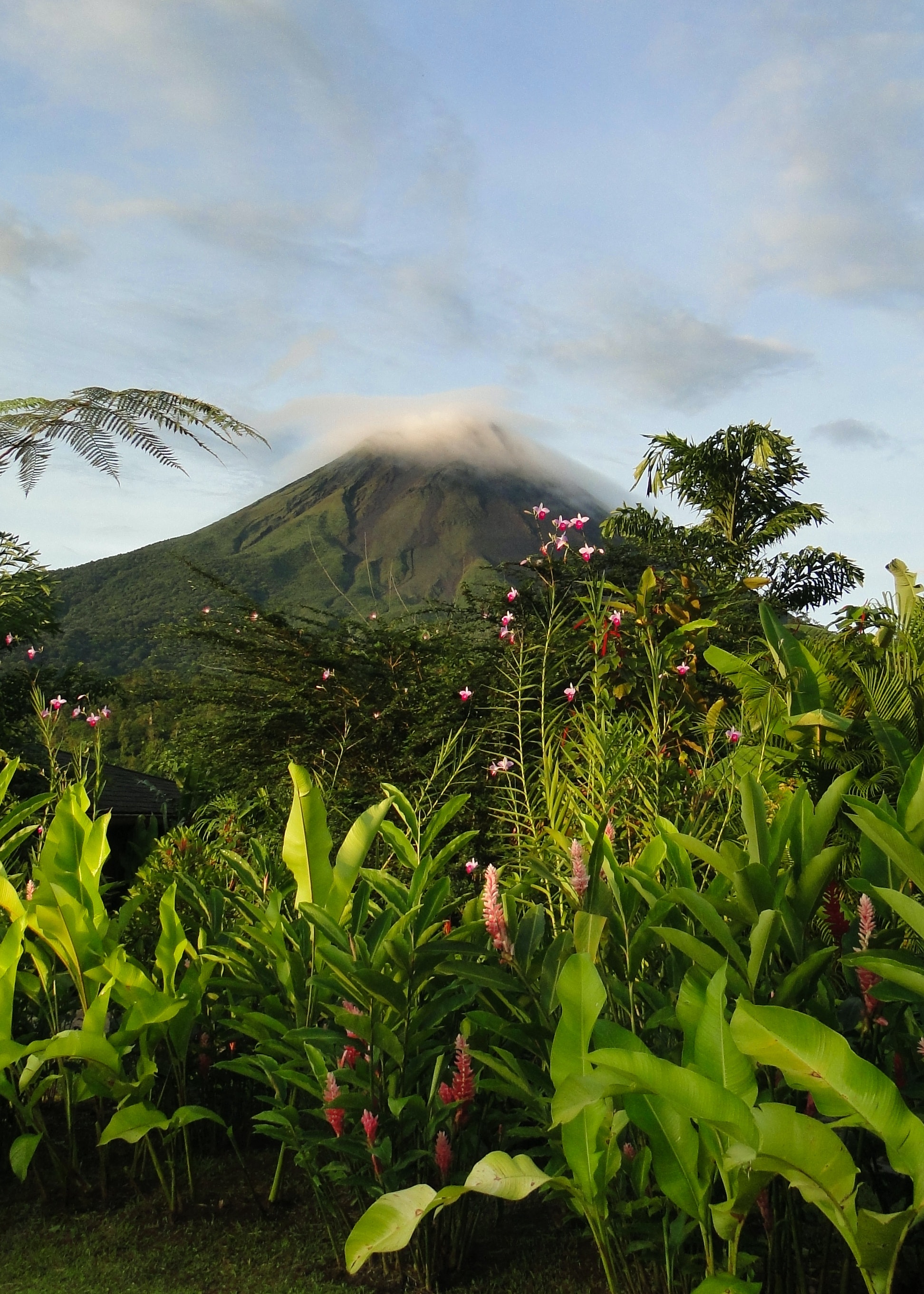Your guide to Costa Rican coffee
As you may know, coffee is best grown in tropical conditions at high altitudes. This means there are a selection of countries throughout the world where coffee production is significantly higher than others. One of these is Costa Rica. Here, the climate is perfect for growing coffee for many reasons. So how does it compare to coffee grown in other parts of the world?
Continue reading for a comprehensive guide on coffee from Costa Rica.
Environmental factors
Costa Rica sports a favourable environment for growing coffee due to many factors. The first of these is the country’s abundance of mountainous areas. Coffee grows best at higher altitudes because here the air is cooler. This has the effect of slowing the growth cycle of the plants, allowing the beans to mature over a longer period to develop deeper flavours.
Secondly, Costa Rica’s soil is rich in nutrients. This is thanks to volcanic activity, which causes the soil to be infused with nitrogen, potassium, iron, zinc, and other beneficial elements. Volcanic soil can also help facilitate plant growth as it often allows for more effective drainage.
Finally, growth is helped by the Costa Rican climate. It features a combination of widespread sunshine and regular rainfall. Although other plants in the country help protect the coffee plants from direct sunlight exposure.This is important to regulate temperature and prevent crops from drying out.
Costa Rican coffee production
The country’s history of coffee production goes back further than the 21st century. In the 1800’s, the Costa Rican government provided coffee growers with lots of land. So successful was the yield that by 1830, Costa Rica was producing more coffee than other valuable crops, such as sugar, cacao, and tobacco. Fast forward to the 20th century and coffee was by far the country’s most exported good.
Coffee production takes place in no less than eight vast regions of the country, each of which is responsible for producing coffees with different attributes.These include Tres Rios, Terrazu, Poas, Naranjo, San José, Cartago, Alajuela, and Heredia, along with other smaller areas. At Pumphreys, we selected a speciality coffee from the CoopeTarrazu to stock.
Once the ripe stock has been separated from the green coffee beans, a majority of the coffee in Costa Rica is processed using the wet process.Here, the beans are washed, the pulp is removed, they’re left to ferment, and are then dried for up to 10 days. Some farmers utilise local natural mineral springs to wash the beans, making the processing stage unique to Costa Rica.
What does Costa Rican coffee taste like?
As a result of Costa Rica’s ideal conditions, a majority of coffee beans grown there are Arabica. This is the primary reason whyCosta Rican coffee is held in such high regard. Most coffees from Costa Rica have a very mellow flavour without much bitterness. As such, there are tons of different single origin coffees that come from Costa Rica.
The volcanic soil present in many of the country’s coffee growing regions results in a rich and flavourful brew. Tastes typically include hazelnut, milk chocolate, berries, stone fruits, and natural syrups.The coffee aroma often contains notes of fruit, cocoa, and sweetness. However, profiles can vary due to subtle variations in growing conditions and practices between different areas.
Other factors affecting taste
If you’ve read any of our other blogs, you’ll know there are many factors that can affect a coffee’s taste. The wet process leads Costa Rican coffee to be cleaner and milder in taste.Whereas the dry process, where beans aren’t washed, adds earthy and citrusy notes. The honey process, where the mucilage is left during drying, results in a sweeter and fruitier flavour profile.
The roast can also affect how a coffee tastes once it has been ground and brewed. A light or medium roast is often recommended for more mild coffees such as those from Costa Rica. This allows the natural notes of the bean to come through. Pumphreys use a medium roast for our Costa Rican coffee, however, we find our open fire technique also imparts some bolder cocoa flavours.
Sustainability
As mentioned previously, Costa Rica devotes a large proportion of its economy to coffee production. Therefore, the country has taken steps to protect the livelihoods of farmers and ensure the long-term health of coffee production.
One of the most significant ways sustainability is enforced in Costa Rican coffee production is by ensuring farming practices don’t damage the surrounding ecosystem.Measures that concern areas like waste management, sanitation, and agricultural practices are especially effective here. This avoids a degradation in environmental conditions, thereby guaranteeing that future generations will be able to achieve the same crop yields year-on-year.
Coffee bean pulp, which is a major waste product of coffee farms, is considered an imperfect fertiliser. This means it can have negative consequences when it’s disposed of in a harmful manner. For example, being dumped into rivers. Sustainability efforts therefore seek alternate ways to dispose of bean pulp or repurpose it.
Expert coffee roasters Newcastle
As coffee roasters serving people’s brewing needs since 1750, Pumphreys Coffee sources high quality coffee from all over the world. If you’re looking for coffee shops near me in the north east that stock Costa Rican coffee, we supply many local cafes and eateries too. It’s our belief that everyone should have the opportunity to experience the wonderful taste and feel that global coffee has to offer. Contact us today and we’ll be happy to answer any questions you might have.

 Pound Sterling
Pound Sterling
